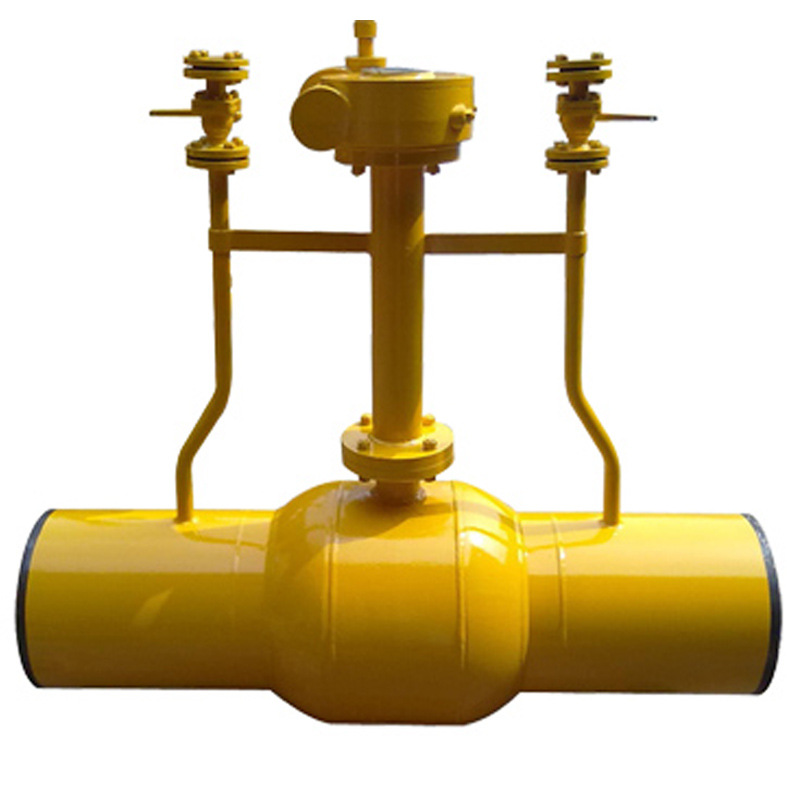valves pipe fittings manufacturer
Exploring the World of Valve and Pipe Fittings Manufacturing
In the industrial landscape, the role of valve and pipe fittings manufacturers cannot be overstated. These components serve as critical links in various systems, ensuring the efficient transfer of fluids across different applications, ranging from water treatment plants and oil refineries to pharmaceutical facilities and food processing units. The complexity of these products, along with the precision required in their manufacturing processes, highlights the significance of expertise and innovation in this sector.
Understanding Valves and Pipe Fittings
Valves are mechanical devices that control the flow and pressure within a system. They can be classified into various types, such as gate valves, globe valves, ball valves, butterfly valves, and check valves, each serving unique functions based on their design and application. Pipe fittings, on the other hand, include connectors like elbows, tees, reducers, and flanges, which facilitate the joining of multiple pipes or change the direction of flow. Together, valves and fittings play vital roles in regulating and directing fluid movement across pipelines, ultimately impacting the overall efficiency and safety of a system.
Manufacturing Processes
The manufacturing of valves and pipe fittings involves several processes that require precision engineering and stringent quality control measures. The most common materials used in the production of these components include stainless steel, brass, cast iron, and plastic, each chosen based on the specific requirements of the application, such as temperature, pressure, and chemical compatibility.
1. Casting and Forging The initial phase often involves the casting or forging of raw materials into specific shapes. Casting, which involves pouring molten metal into a mold, is suitable for complex designs, while forging, which involves shaping material through compressive forces, is often chosen for its strength and durability.
2. Machining After shaping the components, machining is employed to achieve precise dimensions and tolerances. Techniques such as turning, milling, and grinding refine the surface finish and ensure that the fittings will properly interface with other system elements.
3. Assembly and Testing Once machined, the individual components may be assembled into complete products. Rigorous testing protocols are then employed to assess functionality, leakage, and pressure resistance. Manufacturers often utilize hydrostatic and pneumatic testing to ensure that the valves and fittings can withstand operational conditions without failure.
valves pipe fittings manufacturer

Quality Standards and Certifications
Given the critical nature of valves and pipe fittings, adherence to international quality standards is essential. Organizations such as the American Society of Mechanical Engineers (ASME), the American National Standards Institute (ANSI), and the International Organization for Standardization (ISO) set forth guidelines that manufacturers must follow. Obtaining certifications not only demonstrates compliance but also instills confidence in customers regarding the reliability and safety of the products.
Challenges in Manufacturing
Manufacturers in this sector face various challenges, including fluctuating raw material prices, competition from low-cost producers, and the need to innovate continuously to meet evolving customer demands. Additionally, regulations regarding environmental sustainability are becoming increasingly stringent, pushing manufacturers to adopt greener practices and materials.
The Future of Valve and Pipe Fittings Manufacturing
The future of valve and pipe fittings manufacturing lies in the integration of advanced technologies. The rise of automation, smart manufacturing, and Internet of Things (IoT) solutions promises to enhance production efficiency and improve quality control. For instance, utilizing predictive maintenance powered by IoT technology can help manufacturers minimize downtime and extend the lifespan of their machinery.
Moreover, the growing emphasis on energy efficiency and sustainability will likely drive manufacturers to invest in research and development for innovative materials and designs that reduce waste and optimize performance.
Conclusion
Valves and pipe fittings may seem like small components in the grand scheme of industrial systems, but their importance is undeniable. As manufacturers strive to innovate and adhere to high standards of quality, they play a pivotal role in ensuring that vital systems operate safely, efficiently, and sustainably. Understanding the intricacies of valve and pipe fittings manufacturing not only highlights the complexity of these products but also underscores the essential role they play across diverse industries.
-
The Key to Fluid Control: Exploring the Advantages of Ball Valves in Industrial SystemsNewsJul.09,2025
-
The Versatile World of 1, 2, and 3 Piece Ball ValvesNewsJul.09,2025
-
Stainless Steel Ball Valves: The Ideal Choice for Efficient Flow ControlNewsJul.09,2025
-
Optimizing Fluid Control with Ball Float ValvesNewsJul.09,2025
-
Manual Gate Valves: Essential for Control and EfficiencyNewsJul.09,2025
-
Everything You Need to Know About Butterfly ValvesNewsJul.09,2025
-
The Versatility of Wafer Type Butterfly ValvesNewsJul.08,2025




